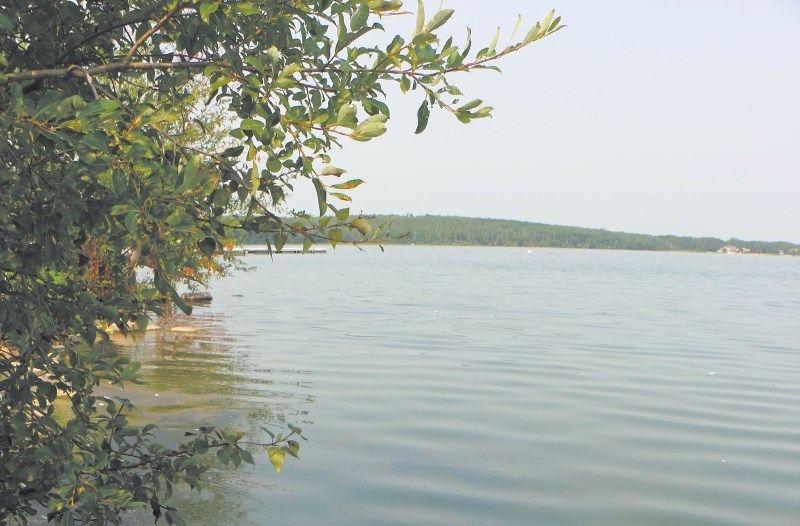Moose Lake will be getting some attention this summer, in hopes of addressing an age-old problem.
For years, Moose Lake has been plagued with blue-green algae blooms.
In order to pinpoint the root cause of the problem, the Lakeland Industry and Community Association (LICA) will be conducting studies and initiatives over the summer.
“Some of the things we’re looking at doing at Moose Lake is a phosphorous budget. We know that phosphorous is the main nutrient that is driving the blue-green algae in the lake, just based on the testing that we’ve been doing over the past 12 years,” explained manager of environmental programs for LICA Colin Hanusz. “It shows quite high levels of phosphorous in the lake, particularly over the past two years with the increase in precipitation that we’ve seen. What’s happened, is this is washing additional nutrients from the surrounding watershed into the lake.”
He continued, “You might think that precipitation would add a bunch of clean water to the lake and improve the water quality, but it’s actually reduced it because of the overland flow and pollutants coming in from the watershed.”
What LICA is hoping to identify through the phosphorous budget is where the nutrients are coming from. According to Hanusz, there are multiple sources.
“There are a number of ways phosphorus can enter the lake. Phosphorus is naturally high in our region in the soils, that’s why we have such good farmland out here. A lot of the phosphorous has been coming into the lake through erosion, we can see a lot of shoreline erosion along the lake, but also along the rivers and creeks that feed into it,” he explained.
According to Hanusz, erosion is high in places where the natural riparian areas along the lake have been damaged.
Riparian areas are where deep-rooting vegetation naturally grows, and prevent nutrients, such as phosphorous, from entering the lake.
In some cases, these plants have been removed and replaced with grass by residents living along the shoreline.
“Some of the other sources that can cause phosphorous to come in are through agriculture, so cattle and fertilizer if it’s applied incorrectly. Fertilizer by itself isn’t a bad thing, but it needs to be applied in such a way that it doesn’t run off,” Hanusz detailed, adding bird and livestock excrements are another way the nutrients are getting into the water.
“There are just a lot of little things happening on the lake that have put it in the state it’s in right now.”
This is why LICA believes the lake would benefit from a phosphorous budget.
Hanusz noted the study will take a while, but in the meantime, they will be focusing on other initiatives like shoreline cleanups.
“That’s a very difficult way to get nutrients out of the water, but it has shown to work in case studies. It requires a lot of volunteers,” he expressed.
For MD of Bonnyville Reeve Greg Sawchuk, educating residents should be another focus.
“Through LICA and the Moose Lake Watershed Society, I think what we need to do is a little bit more education on best practices around the lake in regards to what individuals can do on their properties to prevent further leeching into the lake,” said Sawchuk. “I think we need to do a better job of that, and that’s something that we need to look at.”
The MD approved the $50,000 purchase of the equipment needed to test the water and help determine the source of the phosphorous during an earlier council meeting.
Sawchuk added, “We’re hoping that through this testing, they can key point some of the more troubling sources of this, and we may end up finding out that we have to do those core samples on the bottom of the lake in places as well, just to see. It could be the lake is full of this on the bottom, and that might determine our next step.”
In terms of what residents can do, Hanusz said they can volunteer for the shoreline cleanups, or, if they live within the Moose Lake Watershed, check that their septic systems are working properly, because those too can have an impact on the lake’s health.
“The key is keeping nutrients out of the water, because once they’re in there, they’re very difficult to get out.”



